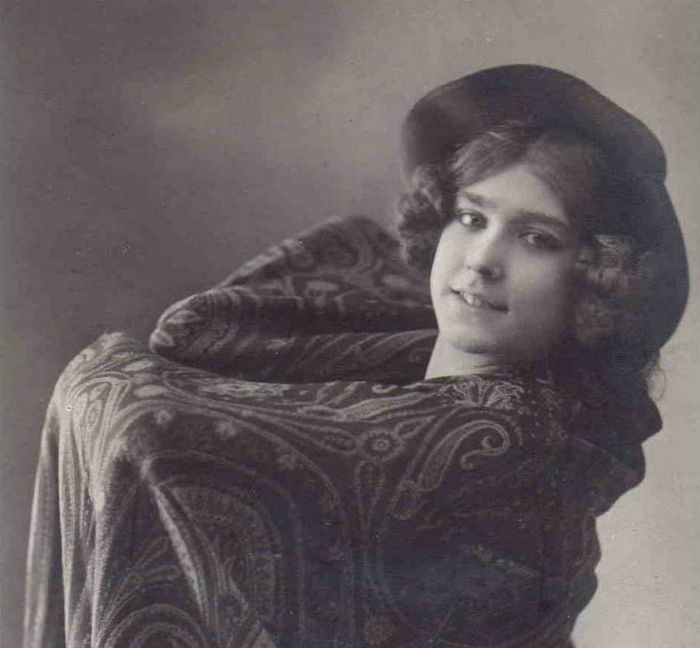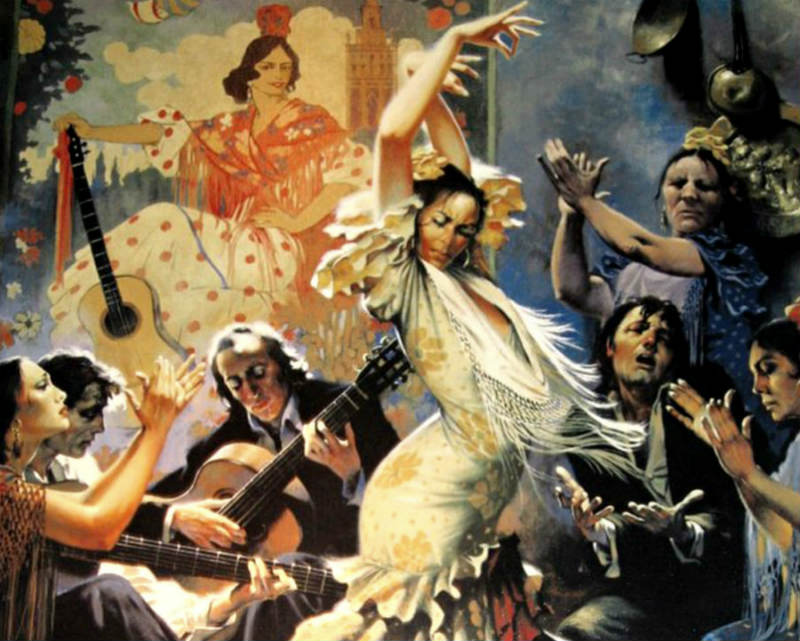Manuel de Falla’s El Amor Brujo, or Love, the Magician, is a ballet but not in the traditional sense. It uses flamenco steps instead of classical ballet, contains songs for a mezzo-soprano soloist, and the original version included dialogue which was later removed. It was inspired by Pastora Imperio, an acclaimed flamenco dancer who rose to fame in the early 20th century. She had the lead role in its world premiere in Madrid in 1915.
Falla revised the work, once in 1916 and a second time in 1925. The second revision is the most popular version with key differences including an expanded orchestration, some changes in the dance order, and deleting of the dialogue. In addition to revising El Amor Brujo twice, he also arranged some of the main dances into orchestral suites and a suite for piano.

The story takes place in an Andalusian Gypsy village where a young woman, Candela, is married to one man but in love with another, Carmelo. After her husband is killed, Candela is haunted by him. In the Danza del terror, or dance of terror, she and her husband’s ghost dance together every night. He is obsessed with her even though he was unfaithful and killed by his lover’s husband.
The village holds a ritual fire dance, Danza ritual del fuego, to banish the ghost. Later that night, the ghost returns but Candela steps aside, putting in her place the woman who was his lover. In the Danza del juego de amor, the dance of the game of love, the ghost and his lover depart together. Candela and Carmelo are free to be together.
Two film versions have been made of El Amor Brujo: one in 1967 and one in 1986. The 1967 film was nominated for Best Foreign Language Film at the Academy Awards but did not win. The 1986 film added dialogue to the story but contained all the ballet music. It was choreographed and starred the prominent flamenco dancer, Antonio Gades, who co-founded the Ballet Nacional de España, the Spanish National Ballet.

